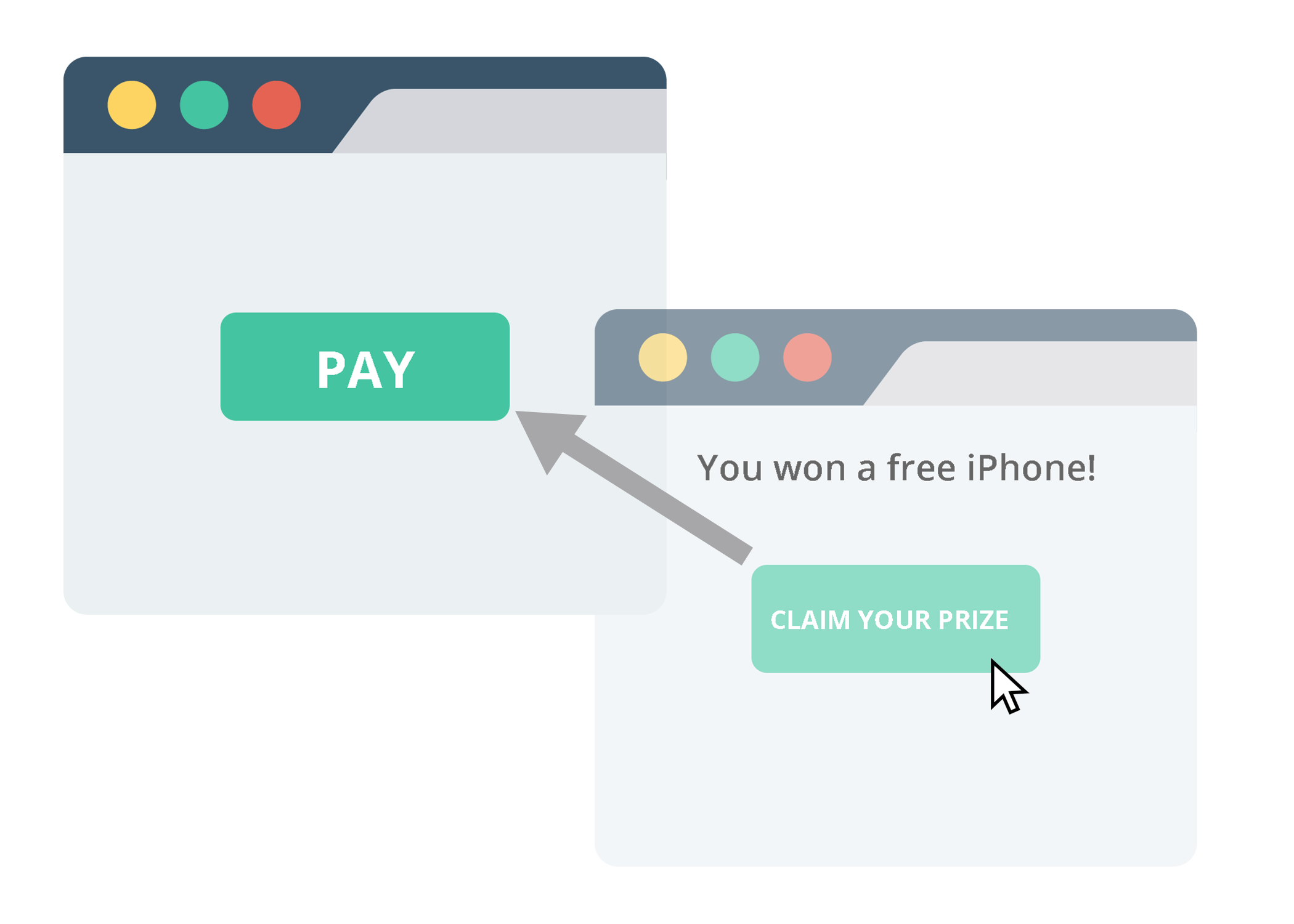Click-jacking is a serious security risk that affects millions of internet users every year. In its most basic form, click-jacking is a technique used by malicious actors to deceive a user into clicking on a malicious link or button. By clicking on the link or button, the user unwittingly download malware, visit a malicious website, or even execute malicious code on their computer.
Click-jacking is a form of “social engineering”, where attackers trick users into doing something they wouldn’t normally do. The attackers use a variety of techniques, such as creating a fake website or button, hiding the malicious link behind legitimate content, or using malicious code to automatically click on the link.
The best way to protect yourself from click-jacking is to be aware of the dangers. Be sure to read the Terms of Service and Privacy Policy of any website you visit, and be sure to look for signs of suspicious activity. If you’re ever asked to click a link you don’t recognize or if a website is asking for too much personal information, be sure to leave the page and avoid clicking on the link.
It’s also important to keep your computer up-to-date with the latest security patches and anti-virus software. Many of these software packages can detect and block click-jacking attempts before they happen.
Finally, if you are ever the victim of click-jacking, contact the website you visited and report the incident. The website owners may be able to take action to prevent the attack from happening again in the future.
Click-jacking is a serious security risk, but by following the steps outlined above, you can help protect yourself and keep your data safe.


No responses yet